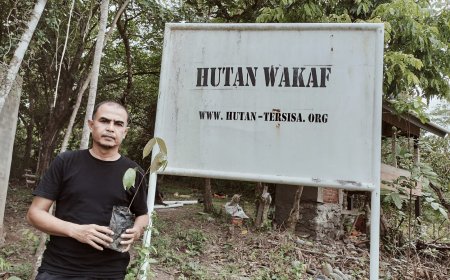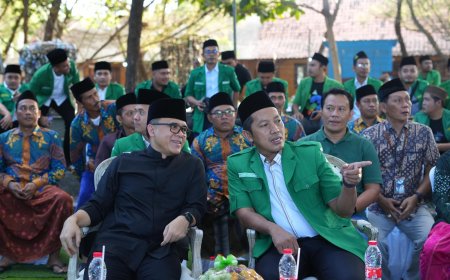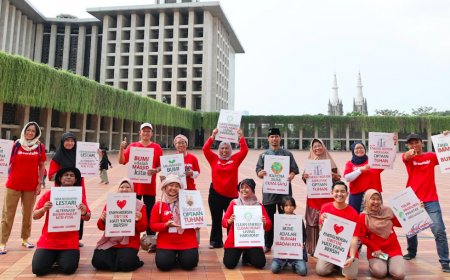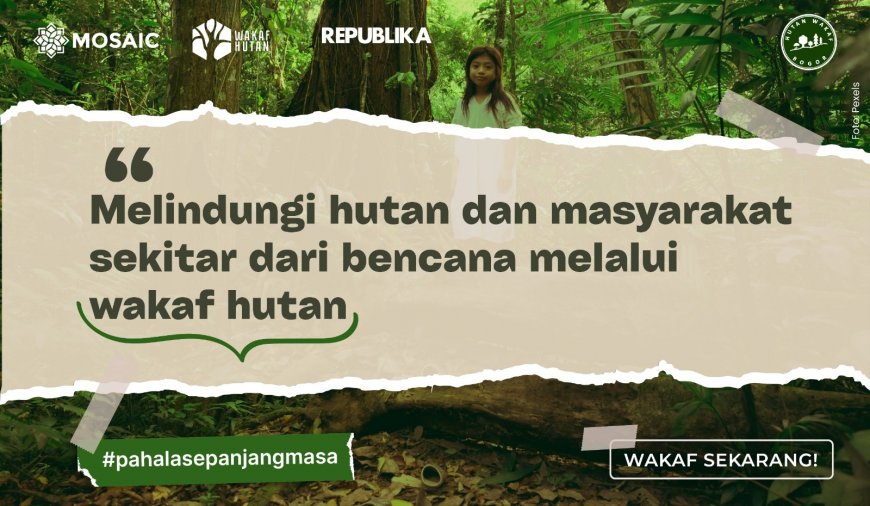The COP 29 faith pavilion will maximize the role of religious leaders
Religious leaders are expected to maximize the collective action of religious actors present at COP29.
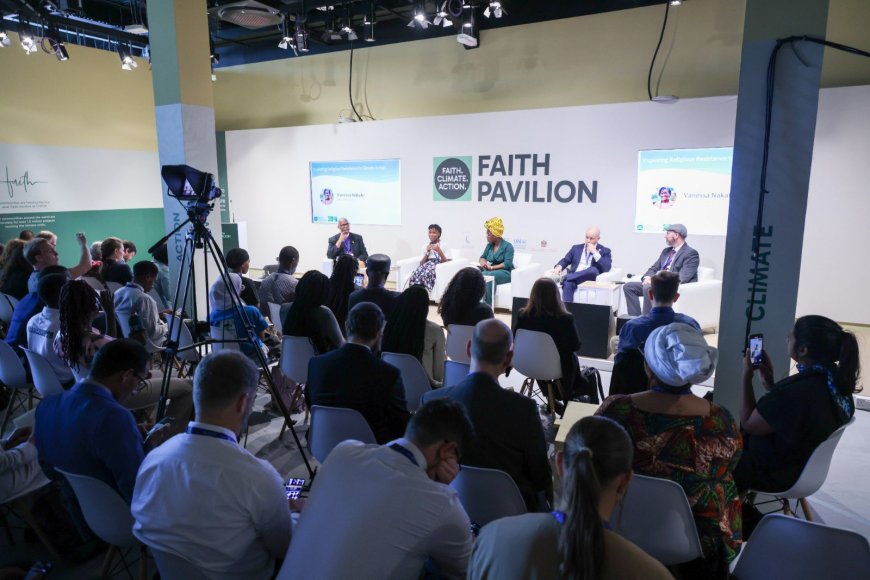
MOSAIC-INDONESIA, JAKARTA — The success of the Faith Pavilion, which began at the Committee of Parties (COP) 28 international climate event in Dubai, United Arab Emirates in 2023, is evident from the presence of many religious figures in the world who enliven the pavilion. The magnitude of public enthusiasm is also evident from the diverse coverage from the mainstream media and the abundance of faith pavilion hashtags on social media.
At COP 29, which will soon be held in Baku, Azjan, in November 2024, the Pavilion of Faith is planned to be held again. The Muslim Hukama Assembly, an organization of Muslim scholars, experts and figures who initiated the pavilion's existence, has begun communication with the organizers.
Last August, Secretary General of Hukama, Hakim Mohamed Abdelsalam met with Mukhtar Babayev, President of the Conference of the Parties to the UN Framework Convention on Climate Change (COP29).
The two discussed the ongoing preparations for the Summit of Religious Leaders for Climate in Baku, under the auspices of President Ilham Aliyev of the Republic of Azerbaijan, and the holding of the second edition of the Religious Pavilion at COP29, following the success of the first edition of the Faith Pavilion in Dubai at COP28, reported by Emirates News Agency.
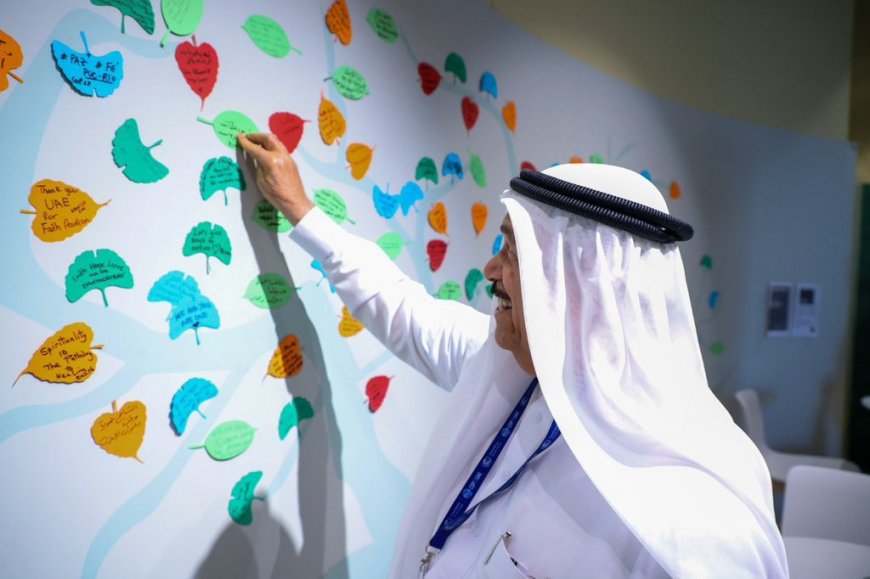
During the meeting, Judge Mohamed Abdelsalam highlighted that the Global Religious Leaders Summit for Climate, held in Abu Dhabi last November before COP28, culminated in the declaration of “Call of Conscience: Abu Dhabi Joint Statement on Climate,”. The declaration was co-signed by 30 religious leaders, including Venerable Dr. Ahmed Al-Tayeb, High Imam of Al-Azhar and Chairman of the Hukama Assembly, and His Holiness Pope Francis of the Catholic Church.
This momentum exposes the important role that religious leaders can play in raising public awareness about the issue of climate change. The pavilion is also expected to motivate positive environmental action. He also stressed the need to establish mechanisms to ensure the sustainability of such efforts even up to COP30 in Brazil.
Mukhtar Babayev praised the efforts led by the Hukama Assembly, under the leadership of Dr. Ahmed Al-Tayeb, to activate the role of religious leaders in global climate action. He expressed his anticipation for the Summit of Religious Leaders for Climate and the organization of the Religious Pavilion at COP29. Babayev hopes that there will contribute to achieving climate justice, protecting the planet, and ensuring the sustainability of its resources for future generations.
The Faith Pavilion at COP 29 is expected to inspire and unleash the power of religion, religious leaders, and religious communities as agents of change for climate action. Thus, there is real action from religious institutions and communities to address climate change with measurable indicators and monitoring mechanisms.
The pavilion also encourages a global coalition of religious leaders working together for climate action. and encourages religious leaders to engage in policy dialogue and inspire climate ambition among political delegates.
Religious leaders will also harmoniously design calls for climate action to leverage contributions at the individual and institutional levels in response to the Global Stocktake (GST) or assessment of progress made in climate change mitigation since the Paris Agreement in 2015.
Religious leaders are also expected to build greater expectations at COP29 and maximize the collective action of the religious actors present at COP29, according to interfaithsustain.com.
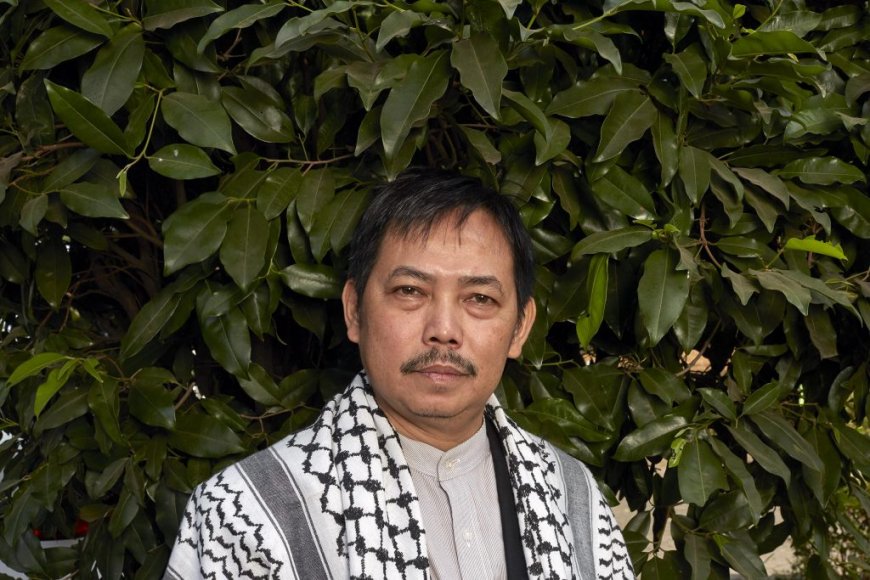
National University researcher Dr Fachruddin Mangunjaya said the faith pavilion became an event for cross-religious climate action sharing. In the pavilion, religious leaders will share how environmental values are in their respective religious teachings and beliefs. They also share programs around what climate action has been done within each other's religious organizations.
Nevertheless, Fachruddin explained, the Iman Pavilion was limited to being a “side event” of the COP whose main player is the government. He explained that religious organizations could include their programs in ministries or related institutions. For example, how the role of mosques that want to reduce greenhouse gas emissions can be a program of the Indonesian Mosque Council (DMI) is then registered to the government.
For another example, Fachruddin said, the Indonesian Ulama Assembly (MUI) in 2016 produced a fatwa in the form of “The Law on Burning Forests and Lands and Controlling them”. The fatwa proved successful in lowering the rate of forest and land fires in Indonesia given that after almost six years since the fatwa was issued there were no forest and land fires. He explained that the fatwa's influence could then be accumulated by the government, which would contribute to the tally. “Although there is a mitigation program from the government, we participate and there is awareness,” he said
.

